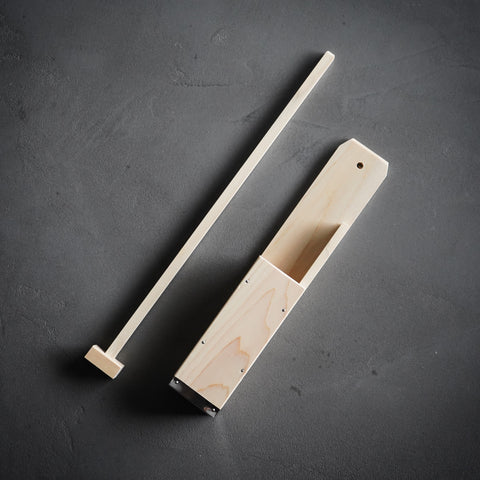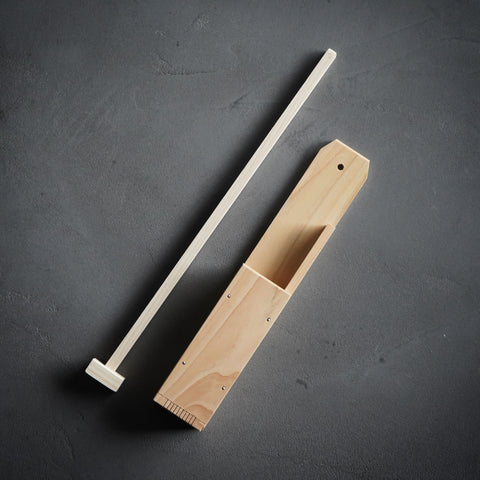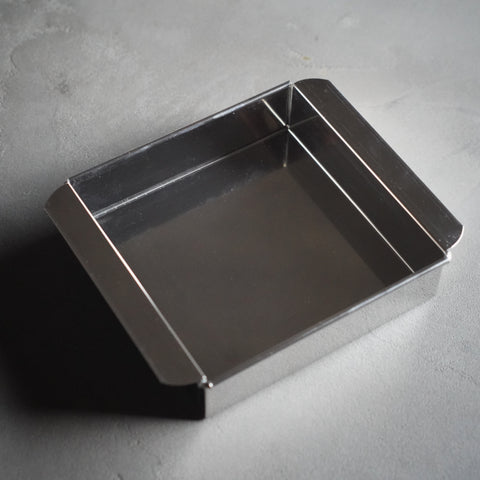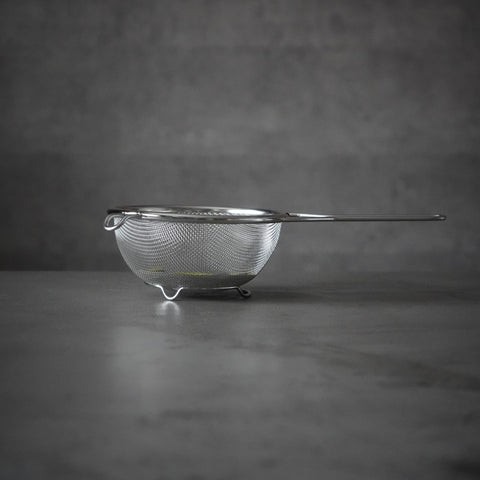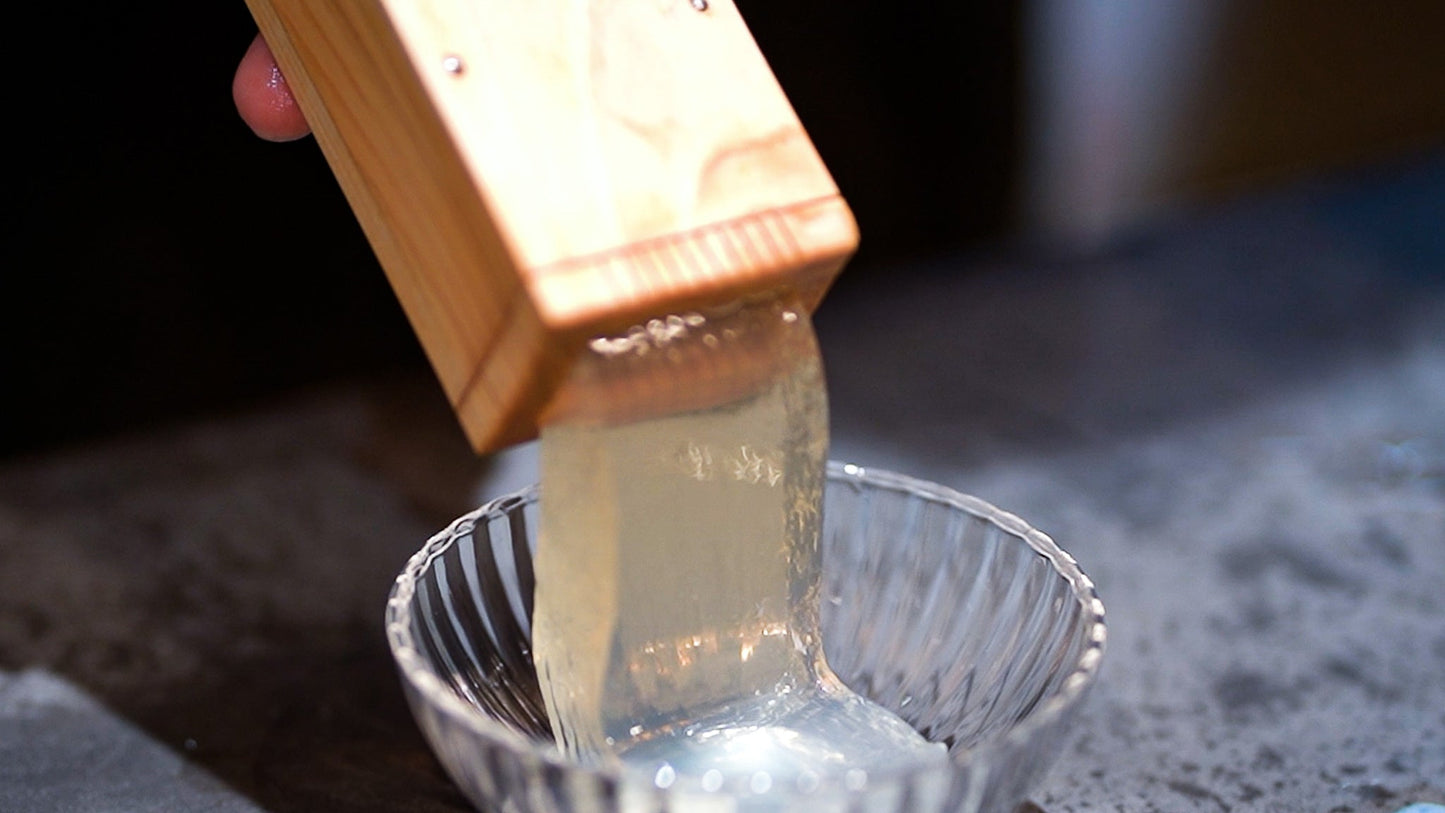
A classic Japanese summer delicacy, tokoroten has fascinated people for centuries. In Edo it was enjoyed with vinegar and mustard, while in Kansai it was served sweet with kuromitsu. This article explores the origins of tokoroten, the mystery of its name, its connection to kanten (agar), and even a simple recipe you can try at home.The history of tokoroten

Tokoroten came from China and was already eaten in Japan by the Nara–Heian period. Written with the characters 「心太」 (kokorofuto), why is it read as tokoroten? One theory traces it back to the phrase “korumoha” (凝る藻葉), describing seaweed that melts and sets when boiled. Over time this evolved into kokorobuto, at which point the characters 「心太」 were applied. Later the reading shifted to tokoroten, while the kanji remained. By the Edo period, it had become a popular street food. Ukiyo-e paintings show people eating it with two chopsticks, while the “one chopstick” style appears to have been an entertaining twist introduced at tourist spots in later eras.
How to eat in Kanto and Kansai
 Photo: (Left) Kansai style (Right) Kanto style
Photo: (Left) Kansai style (Right) Kanto style
・Edo (Kanto): Served with vinegar and mustard, eaten as a light snack or side dish.
・Kansai (Kamigata) : Served with kuromitsu and kinako, enjoyed as a sweet.
The same dish, but two completely opposite cultural identities — a perfect example of Japan’s regional diversity.
Tokoroten and Kanten
No story of tokoroten is complete without mentioning kanten (agar). According to tradition, kanten was discovered in Kyoto during the Edo period, when leftover tokoroten froze in winter and dried out. With its water removed, it became shelf-stable and easy to transport. Later it spread nationwide in the form of bar kanten and powdered kanten. This accidental discovery gave rise to countless wagashi, from yokan to anmitsu, shaping the world of Japanese sweets.
Recipes I actually tried
Ingredients (serves about 4)
・Amagasa (Japanese agar): 15g
・Water: 1L
・Vinegar: 1 tablespoon
How to make it
1. Quickly wash the amagusa to remove any dirt or sand.

2. Put water and agar in a pot, bring to a boil, then add vinegar .

3. Simmer over low heat for 30 to 40 minutes to slowly extract the seaweed ingredients.
4. Place a paper towel in a colander and strain the broth.

5. Pour the strained liquid into a container and chill in the refrigerator until solidified.

6. Once it has hardened, push it out with a "tentsuki (extruder)" and it's done.

Conclusion
A refreshing bowl of vinegar-seasoned strands in Edo.
A sweet kuromitsu-topped delight in Kyoto.
The playful one-chopstick performance at tourist spots.
And the transformation into kanten, a cornerstone of wagashi culture.
Today, tokoroten may feel a little distant from everyday life, but once you learn its story, you might find yourself craving it again. Make it yourself, and what seems like a simple summer snack suddenly becomes a dish steeped in history and tradition.

